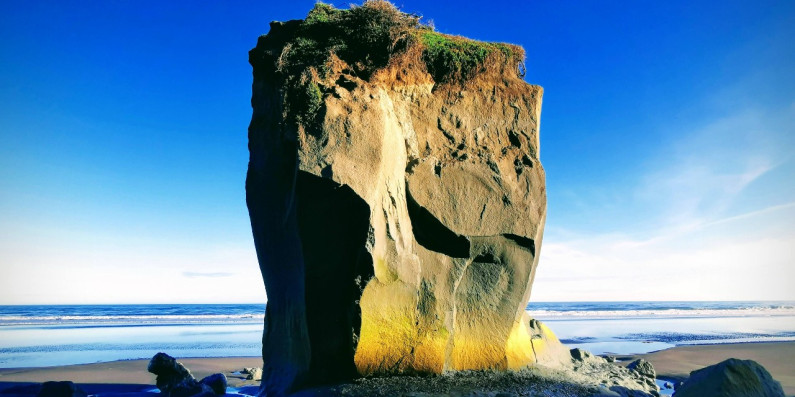
An iwi shows how we can adjust and thrive in a changing climate
Mike Neho, Ngaa Rauru Kiitahi’s Tumu Whakarae (Chair), calls climate change “the shaking of the world cloaked by greenhouse gas emissions.”

Mike Neho, Ngaa Rauru Kiitahi’s Tumu Whakarae (Chair), calls climate change “the shaking of the world cloaked by greenhouse gas emissions.”
Many Māori, including Ngaa Rauru Kiitahi, live in coastal or rural areas which can bear the brunt of the impacts of climate change.
But Mike and the South Taranaki iwi see climate change as a challenge that can be managed. The iwi has climate change firmly in their sights and now have a strategy for both reducing emissions and minimising their harmful impacts.
Their strategy, called Ka Mate Kaainga Tahi, Ka Ora Kaainga Rua - The Ngaa Rauru Kiitahi Climate Change Strategy, is just one example of how iwi and others can adapt and reduce emissions. It was developed in partnership with the Ministry for the Environment and is a pathway to tackling climate change from a Māori world view.
“It will become one of the key pou we have to set in place to ensure we are here in another 1,000 years,” says Mike.
Now and in the future, South Taranaki is likely to experience more gale-force winds, storms and more extreme rainfall. Some coastal areas will be inundated and droughts may be a problem.
High winds and rain have already exposed remains from an ancient urupā and awa are damaged from a mix of climate change, sewerage discharge and farming activities.
Ngaa Rauru Kiitahi is working with others in the community to better manage the awa, including riparian planning, so life thrives in them again. The iwi is considering several options for the urupā and are monitoring its state.
Ngaa Rauru sees many opportunities including commercial operations, partnering with others, and using their mātauranga Māori interspersed with Western science.
“We see it as an economic chance,” says Mike Neho.
South Taranaki’s already good growing conditions will be even better due to a warmer and wetter climate. The iwi has purchased land and is planning for what crops do well in the changing climate. A native plant nursery business has been formed to supply the local council. The plants, trees and shrubs are grown because they’re suitable to the changing conditions.
An online platform – Aotearoa Kai Gatherers – has been set up by Tururangi Rowe from Ngaa Rauru to support organic food planting for households and communities. The ability to grow their own food means they’re not reliant on supply chains which may be temporarily broken due to weather events.
Other examples of embracing climate change include hosting wind farms on Ngaa Rauru land and taking in Te Āti Awa native birds that were struggling in the neighbouring iwi ecosystems.
For Macy Duxfield, a rangatahi from Ngaa Rauru, it’s all quite simple.
“It’s all about connecting back to where we’ve come from. To the way that kaumatua used to do things and looking at how we manage ourselves.”
Her words are like Tururangi Rowe’s who says: “We are re-learning how our tīpuna paved the way. Humanity has gone way off track.
If we don’t look to a sustainable future, then we have no future.”